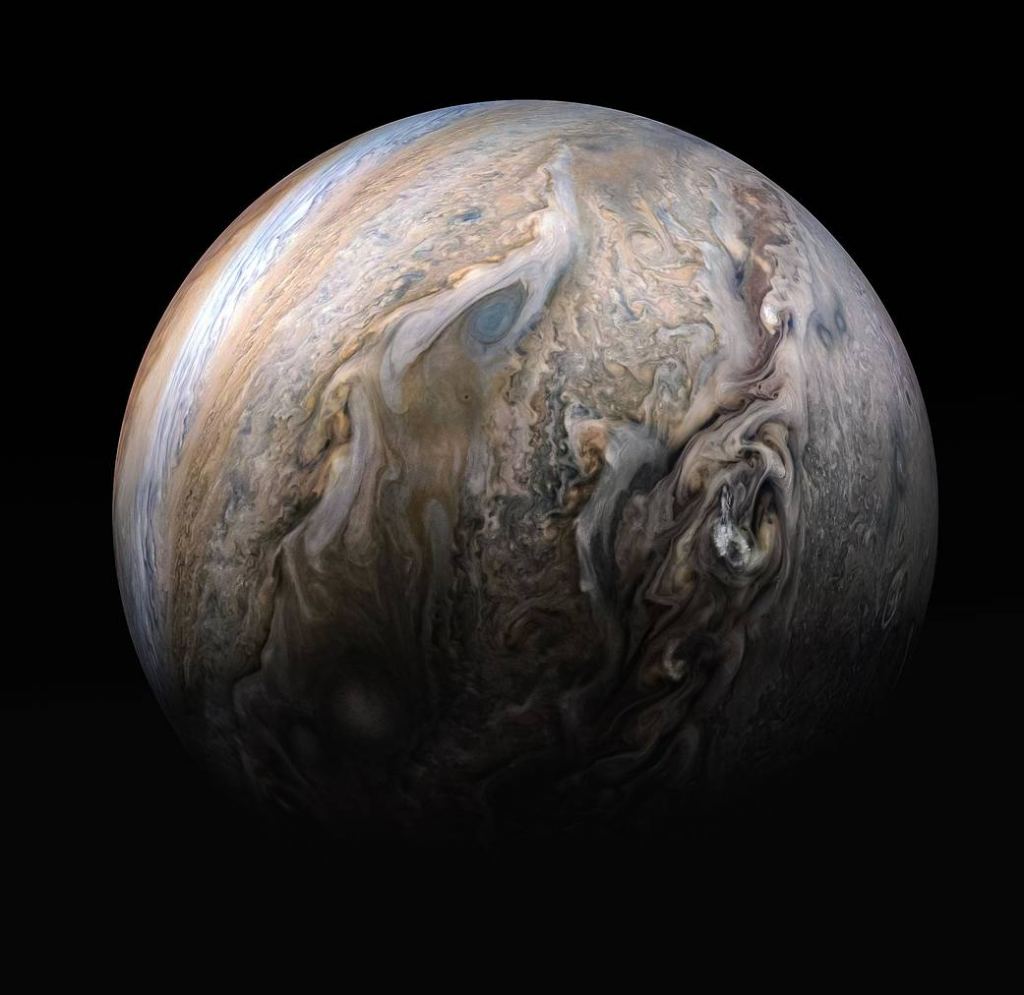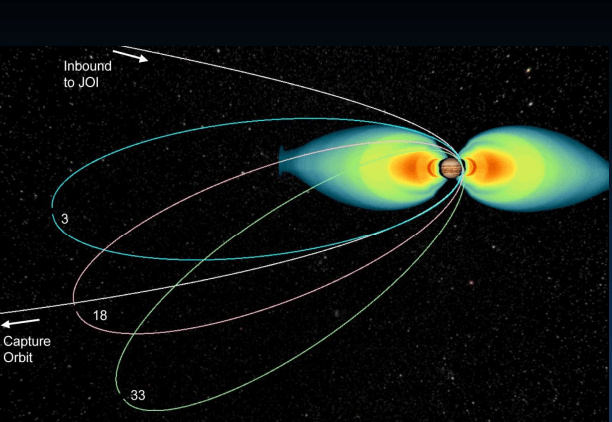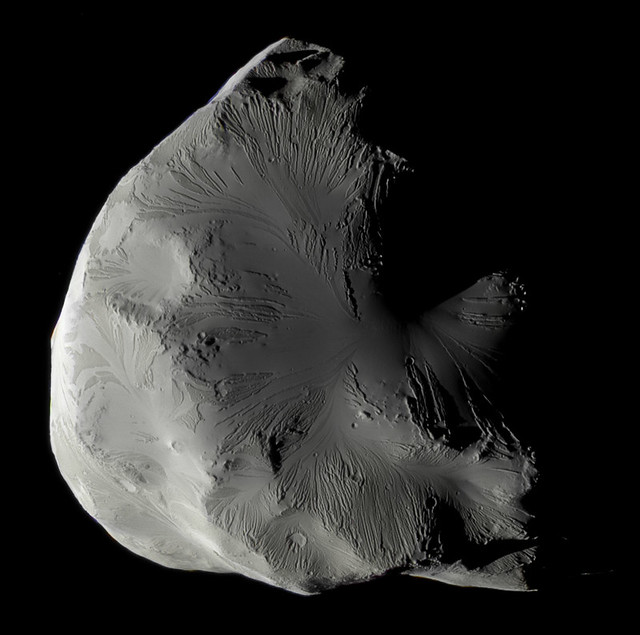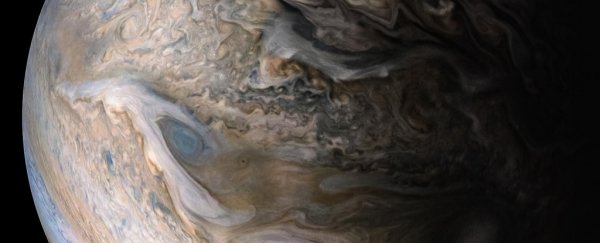There's something about Jupiter that mesmerizes those who gaze at it. It's intricate, dazzling clouds are a visual representation of the laws of nature that are hard to turn away from.
And even though the Juno spacecraft has been at Jupiter for almost three years now, and has delivered thousands of images of the gas giant's colourful, churning clouds, we can't seem to satisfy our appetite.
Kevin M. Gill is a software engineer at NASA's Jet Propulsion Laboratory. Kevin created this beautiful image of Jupiter out of four images taken by the Juno spacecraft's JunoCam Imager.
 (NASA/JPL-Caltech/SwRI/MSSS/Kevin M. Gill)
(NASA/JPL-Caltech/SwRI/MSSS/Kevin M. Gill)
The Juno images were captured at heights between 8,600 and 18,600 km (5,400 and 8,600 miles) above Jupiter's cloud tops, during Juno's 20th science pass on 29 May 2019.
 Juno's highly elliptical orbits. (NASA/JPL)
Juno's highly elliptical orbits. (NASA/JPL)
Part of Juno's mission to Jupiter is centered around JunoCam. JunoCam is not a part of the spacecraft's scientific instrumentation. Rather, it was included just for we regular people, so we could gaze in awe at Jupiter.
NASA posts all of the raw JunoCam images on their website, and invites people to process them to create a vast collection of beautiful images.
This isn't Kevin's first crack at JunoCam images. On his flickr page, there are many other gorgeous images. Not only of Jupiter but of all kinds of objects in space.
 The Great Red Spot. (NASA/JPL-Caltech/SwRI/MSSS/Kevin M. Gill)
The Great Red Spot. (NASA/JPL-Caltech/SwRI/MSSS/Kevin M. Gill)
 Saturn's moon Helene captured by the Cassini spacecraft. (NASA/JPL-Caltech/SSI/CICLOPS/Kevin M. Gill)
Saturn's moon Helene captured by the Cassini spacecraft. (NASA/JPL-Caltech/SSI/CICLOPS/Kevin M. Gill)
This article was originally published by Universe Today. Read the original article.
